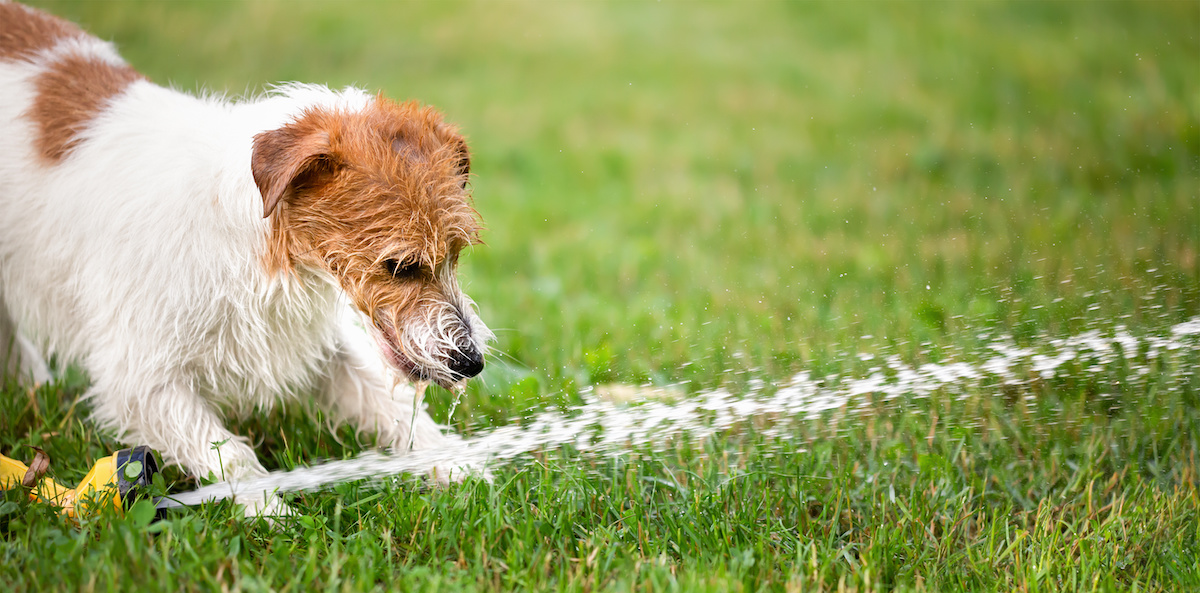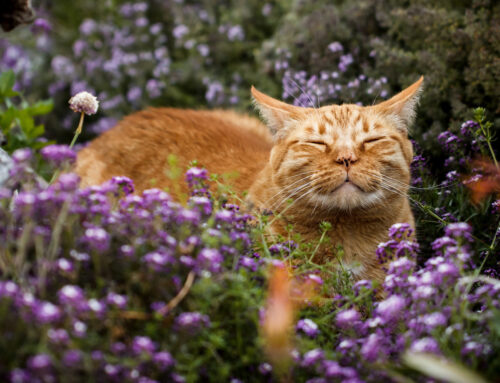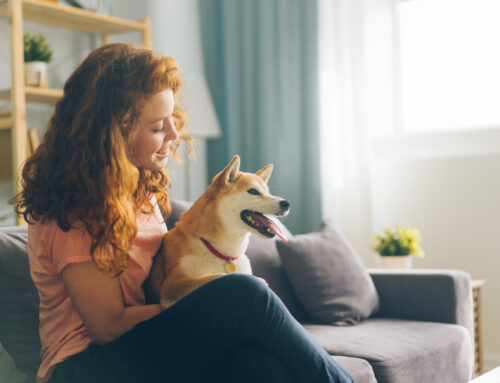Summer can be a wonderful time for outdoor activities, vacations, and soaking up the sun, but for our furry friends, the Florida heat can pose serious health risks. As temperatures rise, it’s crucial to take steps to keep pets cool, comfortable, and safe.
At the Animal Care Center, we are dedicated to providing you with the best tips and advice to keep pets cool during the hot summer months. This blog will guide you through practical strategies to protect your pets from overheating and keep them happy all summer long.
What to Know About Heat Risks for Pets
Before diving into the specific tips, it’s important to understand why heat can be dangerous for pets.
Unlike humans, pets don’t sweat effectively to cool down. Dogs primarily cool off by panting and sweating through their paw pads, while cats lick their fur to cool themselves through evaporation. These methods are less efficient than sweating, making pets more susceptible to heat-related illnesses such as heat exhaustion and heat stroke.
Signs of Heat Stress in Pets
Recognizing the signs of heat stress early can help prevent serious health issues. Here are some common symptoms to watch for:
- Excessive Panting and Drooling: If your pet is panting heavily or drooling excessively, it may be struggling to cool down.
- Lethargy and Weakness: Overheating can cause pets to become unusually tired or weak.
- Red or Pale Gums: Changes in gum color can indicate heat stress.
- Vomiting or Diarrhea: These can be signs of severe heat exhaustion.
- Increased Heart Rate: A rapid heartbeat may suggest that your pet is overheating.
- Disorientation or Staggering: If your pet appears confused or has difficulty walking, it could be experiencing heat stroke.
If you notice any of these signs, move your pet to a cooler area immediately and contact your veterinarian for advice.
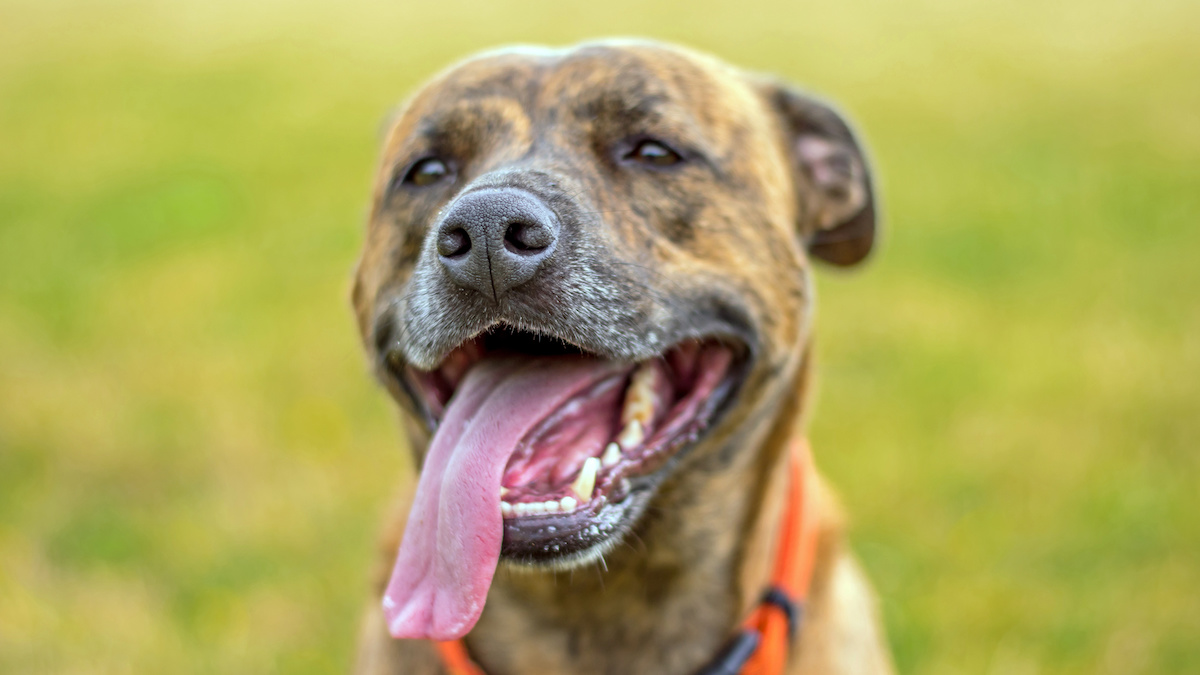
10 Tips to Keep Pets Cool in the Hot Florida Sun
1. Provide Plenty of Fresh Water
Ensure your pets always have access to fresh, cool water. Hydration is key to helping them regulate their body temperature. Place multiple water bowls around your home and yard, and consider adding ice cubes to the water to keep it cooler for longer periods. For pets that enjoy drinking running water, pet water fountains can be a great investment.
2. Create a Cool Environment
Keep your home cool by using fans, air conditioning, or opening windows to create a cross breeze. Set up cool, shaded areas for your pets to rest, both indoors and outdoors. You can also use cooling mats or damp towels for them to lie on.
3. Limit Exercise During Peak Heat
Exercise is important for pets, but during the summer, it’s best to limit physical activity to the cooler parts of the day, such as early morning or late evening. Avoid walking your dog during peak heat hours and opt for shaded routes. Pay attention to the pavement temperature; if it’s too hot for your hand, it’s too hot for your pet’s paws.
4. Use Pet-Friendly Cooling Products
There are many products designed to keep pets cool, such as cooling vests, bandanas, and collars. These items are usually soaked in water and provide evaporative cooling. Additionally, consider investing in a kiddie pool for dogs who enjoy water play. Always supervise your pet while using these products to ensure they don’t overheat.
5. Never Leave Pets in a Parked Car
Even with the windows cracked, the temperature inside a parked car can rise dramatically within minutes, posing a life-threatening risk to your pet. Never leave your pet unattended in a vehicle, even for a short period. If you need to run errands, leave your pet at home in a cool, comfortable environment.
6. Offer Frozen Treats
Frozen treats can help keep pets cool and provide hydration. You can make homemade pet-safe popsicles using ingredients like water, low-sodium broth, or pureed fruits and vegetables. Freeze these in ice cube trays or silicone molds for a refreshing snack.
7. Provide Shade Outdoors
If your pets spend time outside, make sure they have access to shaded areas where they can escape the sun. Trees, umbrellas, or tarps can create shade, but be mindful of the ground temperature, as shaded concrete or asphalt can still be too hot. Grass or a cool, damp surface is preferable.
8. Monitor Indoor Temperatures
Pay attention to the temperature inside your home, especially if you don’t have air conditioning. Use fans, keep blinds or curtains closed during the hottest part of the day, and consider using a cooling mat for your pet to lie on. If you leave your pet at home while you’re out, ensure the temperature remains comfortable.
9. Trim Long Fur (But Don’t Shave)
For pets with long fur, a trim can help keep them cool, but avoid shaving their coats completely. A pet’s fur provides protection from the sun and helps regulate their body temperature. Consult your veterinarian or a professional groomer to determine the best grooming approach for your pet.
10. Consider Indoor Activities
On extremely hot days, engage your pets with indoor activities to keep them entertained and active without the risk of overheating. Puzzle toys, interactive games, and training sessions can provide mental and physical stimulation in a cool environment.
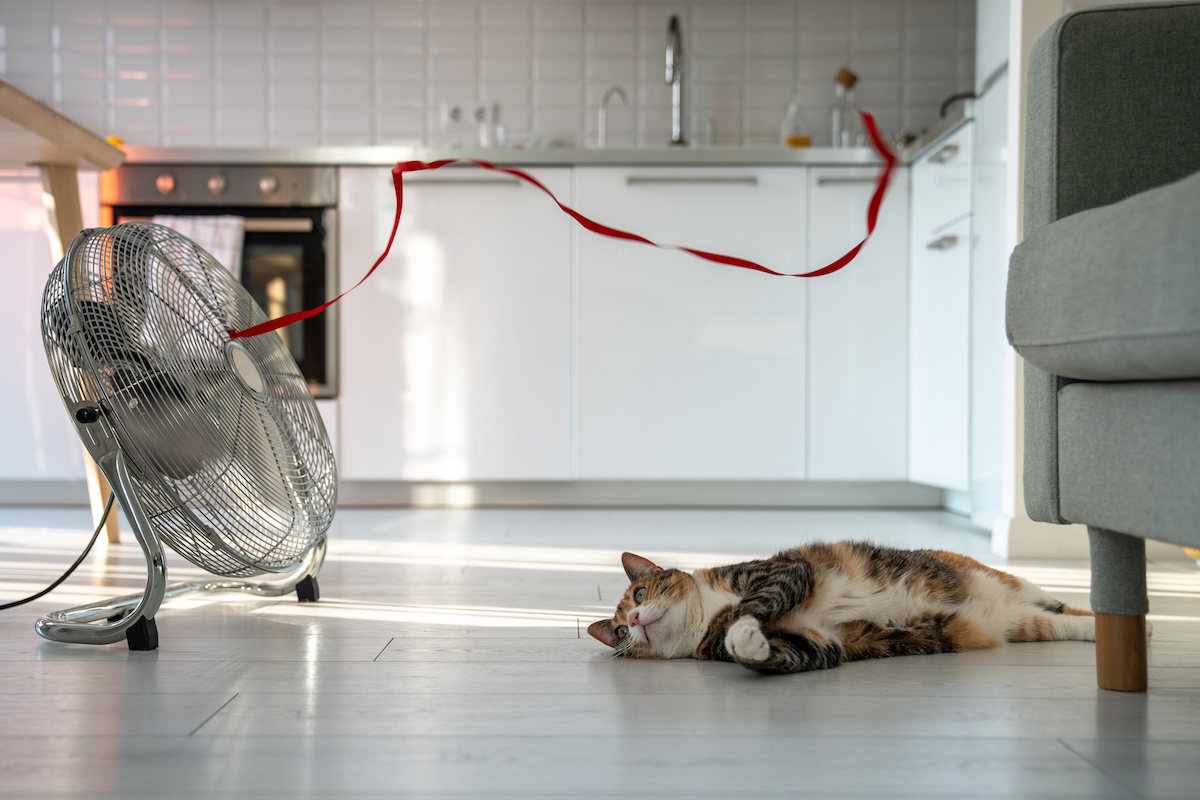
Special Considerations for Different Pets
Depending on the type of pet, there are different precautions you can take to keep pets cool.
- Dogs: Be especially cautious with brachycephalic breeds (such as Bulldogs, Pugs, and Boxers), as their short noses make it harder for them to cool down. Ensure they have plenty of shade, water, and limited exercise during hot weather.
- Cats: Cats are generally good at seeking cool spots, but provide them with options like cool mats and plenty of water. Monitor their behavior for signs of heat stress.
- Small Pets: Small animals like rabbits, guinea pigs, and birds are particularly sensitive to heat. Keep their enclosures out of direct sunlight, provide ventilation, and consider using frozen water bottles wrapped in towels to cool their space.
- Exotic Pets: Reptiles, amphibians, and other exotic pets may have specific temperature requirements. Ensure their habitats remain within the appropriate temperature range and avoid placing enclosures in direct sunlight.
Emergency Measures for Overheating
If your pet shows signs of severe heat stress or heat stroke, take immediate action:
- Move to a Cool Area: Get your pet out of the heat and into a shaded or air-conditioned space.
- Offer Water: Encourage your pet to drink small amounts of cool (not cold) water. Avoid forcing them to drink.
- Cool Down Gradually: Use cool, damp cloths to lower your pet’s body temperature. Focus on areas with less fur, such as the belly, paws, and groin. Avoid using ice or very cold water, as this can cause shock.
- Contact Your Veterinarian: Seek veterinary care immediately. Heat stroke is a medical emergency that requires prompt treatment.
Do Your Best to Keep Pets Cool in the Summer
Doing what you can to keep pets cool in the summer is crucial for their health and well-being. By providing plenty of fresh water, creating cool environments, limiting exercise during peak heat, and using pet-friendly cooling products, you can help your furry friends stay comfortable and safe.
Always be vigilant for signs of heat stress and take prompt action if needed. At the Animal Care Center, we are here to support you with expert advice and care to ensure your pets enjoy a happy and healthy summer.
If you have any concerns or need additional guidance, don’t hesitate to contact us. Let’s work together to keep our beloved pets cool and thriving in the summer heat.

